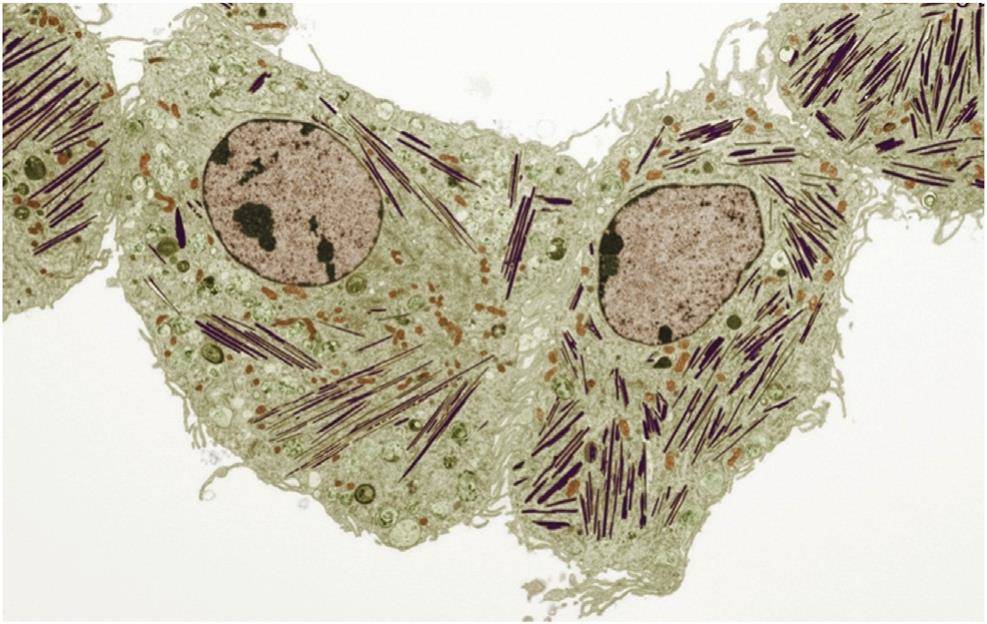
Progranulin acts as a shared chaperone and regulates multiple lysosomal enzymes


Multifunctional factor progranulin (PGRN) plays an important role in lysosomes, and its mutations and insufficiency are associated with lysosomal storage diseases, including neuronal ceroid lipofuscinosis and Gaucher disease (GD). The first breakthrough in understanding the molecular mechanisms of PGRN as regulator of lysosomal storage diseases came unexpectedly while investigating the role of PGRN in inflammation. Challenged PGRN null mice displayed typical features of GD. In addition, GRN gene variants were identified in GD patients and the serum levels of PGRN were significantly lower in GD patients. PGRN directly binds to and functions as a chaperone of the lysosomal enzyme β-glucocerebrosidase (GCaase), whose mutations cause GD. In addition, its C-terminus containing granulin E domain, termed Pcgin (PGRN C-terminus for GCase Interaction), is required for the association between PGRN and GCase. The concept that PGRN acts as a chaperone of lysosomal enzymes was further supported and extended by a recent article showing that PGRN acts as a chaperone molecule of lysosomal enzyme cathepsin D (CSTD), and the association between PGRN and CSTD is also mediated by PGRN's C-terminal granulin E domain. Collectively, these reports suggest that PGRN may act as a shared chaperone and regulates multiple lysosomal enzymes.
